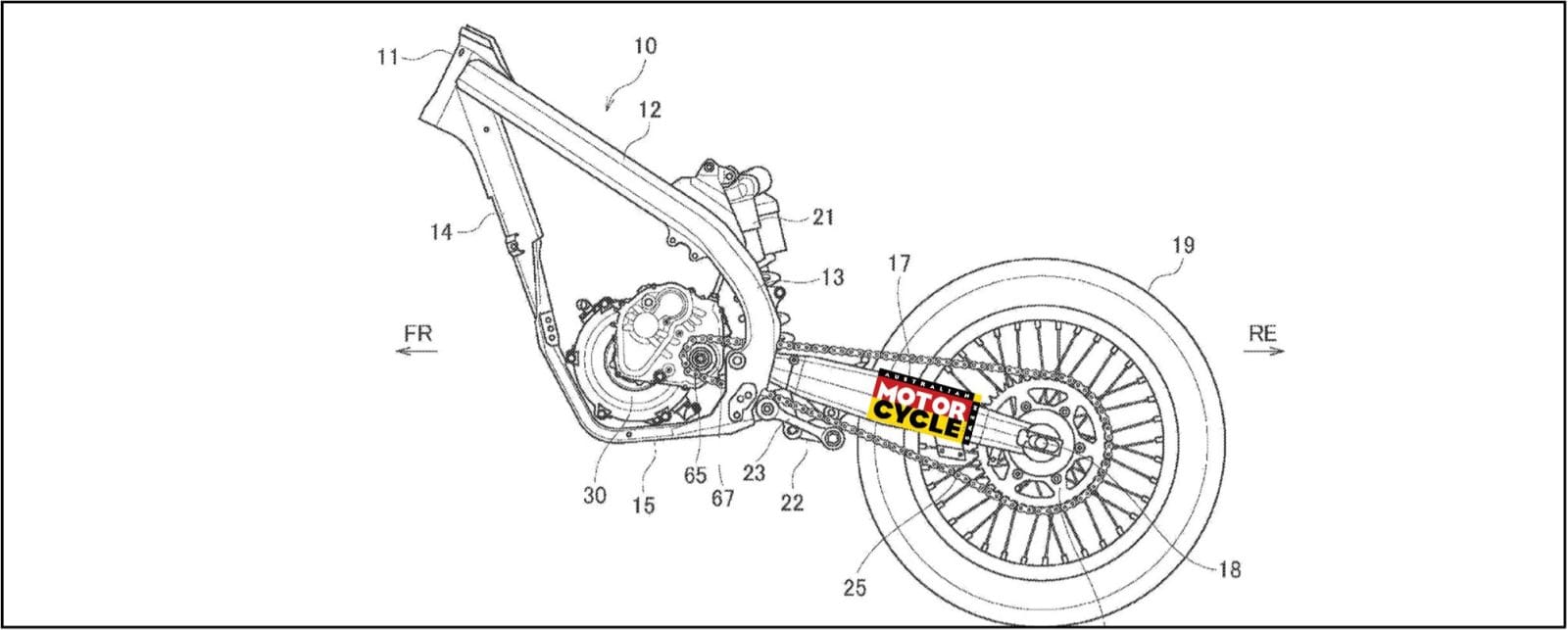Semi-active electronic suspension is rapidly becoming a must-have technology for any bike aimed at the high-end touring market and CFMoto is working to take the idea a step farther with a predictive suspension system that reads the road surface ahead before you even reach it.
The Chinese company has filed a patent application for a system that uses a front-facing camera to photograph the road ahead, allowing the on-board computer to analyse it, decide an appropriate damper setting and electronically tweak the suspension, all in a fraction of a second before you actually reach that section of asphalt.
It’s not an entirely new concept. Mercedes introduced a similar set-up in some high-end cars a decade ago, using stereo cameras in the windscreen to monitor the road and adjust the suspension settings. And Back in the 1980s Nissan sold cars using a sonar-based adaptive damping system based on the same idea.
So bringing the same to bikes is simply a case of miniaturising while reducing costs – something China’s tech industry is very adept at.


CFMoto’s patent application uses illustrations of the company’s 1250TR-G touring bike, a halo model that, so far, hasn’t been offered outside China, where it’s largely used by police and security services. The 1250TR-G is already a technological tour-de-force, with a vast 12.3-inch touchscreen dashboard, JBL stereo, built-in map navigation, tyre pressure monitoring and more.
It’s also CFMoto’s biggest and most powerful bike, with a 104kW (140hp), 1279cc V-twin engine that’s loosely based on KTM’s LC8 design, heavily revised by CFMoto for its own model.
Initially the CFMoto tourer was intended to use WP semi-active suspension, similar to the kit used on some high-end KTM models.
The current version, which has been revised since the model was first launched in 2020, uses passive Marzocchi suspension at each end. CFMoto’s patent focuses heavily on the systems to actually adjust the damping inside the fork and rear shock. That suggests it’s developing its own units for the active-ride motorcycle rather than buying in existing electronically-adjustable suspension.
STORY: BEN PURVIS











